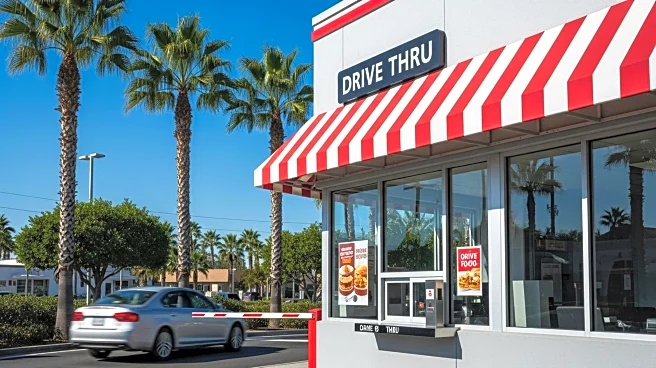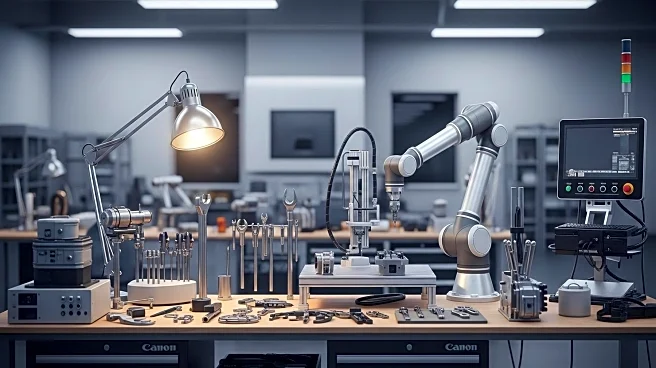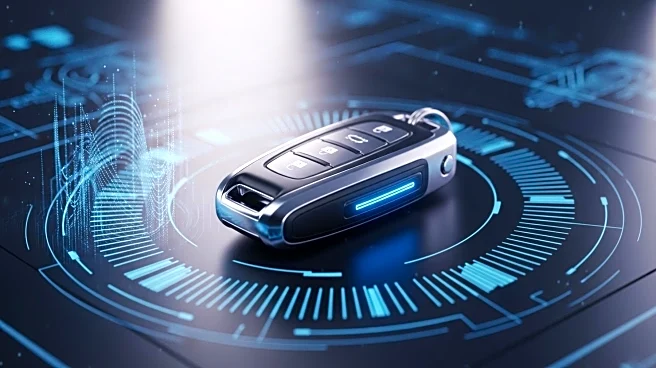What's Happening?
Jimmy John's has launched its first drive-thru-only restaurant in Bartow, Florida, marking a significant shift in its operational strategy. The new location features two drive-thru lanes, one dedicated to mobile order pickups and the other serving traditional drive-thru customers. This design aims to optimize space and reduce wait times, aligning with the broader industry trend towards drive-thru services, which have become crucial during the coronavirus pandemic. The restaurant also offers contactless order pickups via lockers, enhancing convenience for customers. This move is part of a larger trend where fast-food chains are increasingly relying on drive-thru services, which have accounted for up to 90% of sales during the pandemic for some chains.
Why It's Important?
The opening of a drive-thru-only location by Jimmy John's reflects a broader industry trend towards increased reliance on drive-thru services, which have proven essential during the pandemic. This shift is significant for the fast-food industry, as it adapts to changing consumer preferences and operational challenges. Drive-thrus have become a lifeline for many chains, with sales through these channels surging as dining rooms closed. The move by Jimmy John's could influence other chains to adopt similar strategies, potentially reshaping the fast-food landscape. This development is crucial for stakeholders, including franchise owners and employees, as it may lead to changes in store designs and operational models.
What's Next?
As Jimmy John's and other fast-food chains continue to innovate with drive-thru designs, the industry may see further experimentation with multi-lane and contactless service options. This could lead to increased investment in technology and infrastructure to support these models. Additionally, other chains may follow suit, expanding their drive-thru capabilities to meet consumer demand for convenience and safety. The success of these initiatives could prompt further closures of traditional dining spaces in favor of drive-thru-focused locations, impacting real estate and employment within the sector.
Beyond the Headlines
The shift towards drive-thru-only models raises questions about the long-term impact on urban planning and community spaces. As fast-food chains prioritize drive-thru services, there may be implications for traffic patterns and local economies, particularly in suburban and rural areas. Additionally, the emphasis on contactless and digital ordering could accelerate the adoption of technology in the food service industry, potentially leading to new innovations in customer service and operational efficiency.













